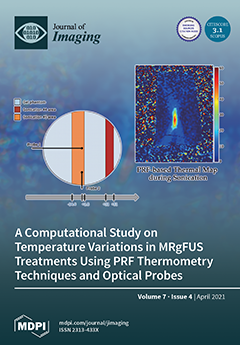Object recognition represents the ability of a system to identify objects, humans or animals in images. Within this domain, this work presents a comparative analysis among different classification methods aiming at Tactode tile recognition. The covered methods include: (i) machine learning with HOG
[...] Read more.
Object recognition represents the ability of a system to identify objects, humans or animals in images. Within this domain, this work presents a comparative analysis among different classification methods aiming at Tactode tile recognition. The covered methods include: (i) machine learning with HOG and SVM; (ii) deep learning with CNNs such as VGG16, VGG19, ResNet152, MobileNetV2, SSD and YOLOv4; (iii) matching of handcrafted features with SIFT, SURF, BRISK and ORB; and (iv) template matching. A dataset was created to train learning-based methods (i and ii), and with respect to the other methods (iii and iv), a template dataset was used. To evaluate the performance of the recognition methods, two test datasets were built:
tactode_small and
tactode_big, which consisted of 288 and 12,000 images, holding 2784 and 96,000 regions of interest for classification, respectively. SSD and YOLOv4 were the worst methods for their domain, whereas ResNet152 and MobileNetV2 showed that they were strong recognition methods. SURF, ORB and BRISK demonstrated great recognition performance, while SIFT was the worst of this type of method. The methods based on template matching attained reasonable recognition results, falling behind most other methods. The top three methods of this study were: VGG16 with an accuracy of 99.96% and 99.95% for
tactode_small and
tactode_big, respectively; VGG19 with an accuracy of 99.96% and 99.68% for the same datasets; and HOG and SVM, which reached an accuracy of 99.93% for
tactode_small and 99.86% for
tactode_big, while at the same time presenting average execution times of 0.323 s and 0.232 s on the respective datasets, being the fastest method overall. This work demonstrated that VGG16 was the best choice for this case study, since it minimised the misclassifications for both test datasets.
Full article






